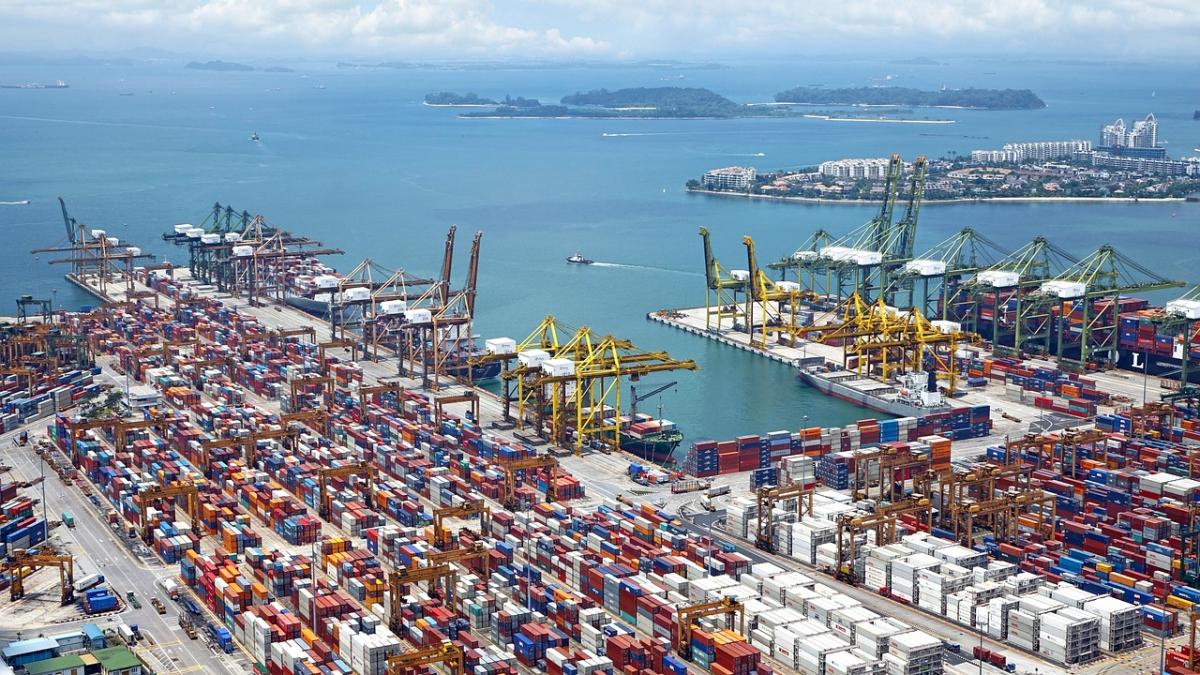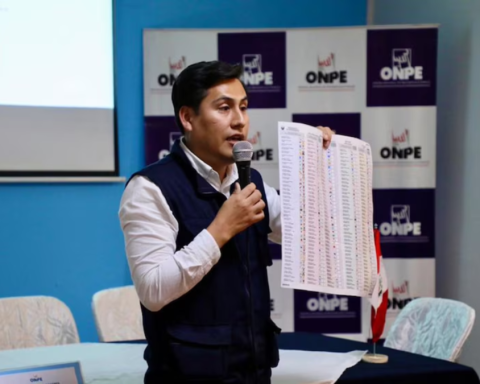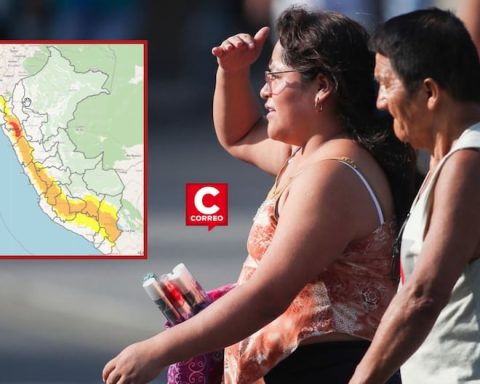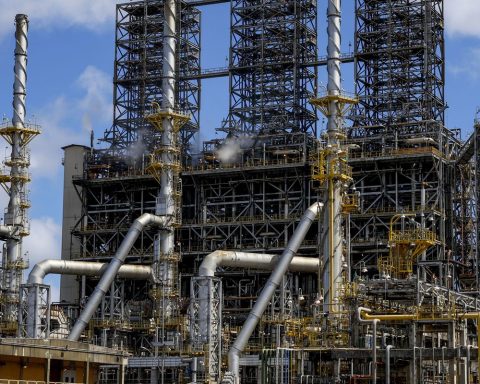The President of States, United Donald Trumpannounced on the weekend the imposition of 25% tariffs on products from Canada and Mexico, as well as 10% to China products. The measure will enter into force on Tuesday, February 4, however, in the case of Mexico, Trump decided to postpone it for a month.
The decision of this pause to the tariffs to Mexico was after the conversation that Trump had and Claudia SheinbaumPresident of Mexico, in which they reached a series of agreements.
To understand these measures and how they can affect or benefit our country, Juan Carlos Mathews, former Minister of Foreign Trade and Tourism and Vice President of Internationalization of Usil, develops the following points:
1 What is a tariff and what its effect?
A tariff is a tax that a state charges on the prices of products that come from another country (import). This generates an increase in imported goods, whose dimension depends on the tariff.
According to Mathews, what Trump is saying is that, from now on, the products that the United States of Canada, Mexico and China will be taxed.
“That means that the entry of these products to the US will be more expensive; And when this occurs, it will generate inflation (price increase), especially considering that 45% of what matters USA. This has a direct impact on the American citizen. ”
2 Has Trump taken into account the impact on the US?
Yes, Mathews responds, who points out that to understand his logic you must take into account how a character as Trump acts. He said that, in 2018, when Trump was for the first time president of the United States, he had a similar pronouncement, which he used it as a tool to negotiate with Mexico the migration flows.
“As it seems that once again it uses it as a weapon to sit and say we are going to check the free trade treaties and see how we balance the North American commercial balance (that the purchase and sale of merchandise from the US to Mexico is tas with tas); as well as to stop that influx of Mexicans to that country. ”
Unlike what happened in 2018, in this case Trump has spoken with dates. First he told Mexico that he will apply tariffs from this Tuesday, February 4, and now he has extended it for a month, because he uses it as a weapon and then sitting down to negotiate.
“Otherwise it would be counterproductive for the United States itself, because it would be generating inflation.”
3. What is the impact on trade?
Another impact of Trump’s measure is related to the diversion of goods that occurs in trade. This, according to Mathews, because if the US stops buying Chinese, Mexican or Canadian products, you will end up buying from another origin; And, this must look at Peru as an opportunity.
“For example, the world’s avocado exporter is Mexico, which sells it mainly to the United States, and the second producer is Peru, therefore, it generates an opportunity. If the Mexican avocado is going to beared to the United States, Peru has the opportunity to enter more competitively in that space. ”
Mathews added that just as there is merchandise diversion, it is also still being purchased from the countries taxed with the tariff, but at higher prices.
In 2018, when the US set tariffs to products from Mexico, made it to steel and aluminum. While US industries can look for other suppliers, many stayed with those who supplied them because they already had a relationship of several years. With which, there is part of the trade that deviates and another that continues to reach greater prices.
“If you are an American company and you have bought two Mexican floors in the last 20 years, it is not that you will say now I will buy from the steel plant in Colombia or Peru. Sometimes, even with a higher price they end up buying, so the final products are also more expensive. ”
4 What are the products that the US will tax with tariffs?
In 2018, US tariffs were explicitly addressed. In the case of Mexico, steel and aluminum were imposed. Considering this experience, Mathews doubts that tariffs are for all products imported from Mexico, Canada and China.
“While has not required a list of products, the threat has been very aggressive.”
5 Does the US measure affect or benefit Peru?
According to Mathews, the answer has two angles, because there are always winners and losers in such circumstances. He explained that when a country begins with the imposition of tariffs, it generates a kind of commercial revenge, which then becomes ‘war’ and this affects global trade and therefore all economies.
“Mexico already did it in the previous opportunity. When in 2018 they imposed tariffs on aluminum and steel, what Mexico did was put tariffs of between 10% and 25% to the finished products that went from the United States to Mexico, entering a commercial war. That is a mistake, because in the end it ends up making global trade fall and that economies slow down. And when theytening, they buy less from any product and anywhere. ”
However, Mathews said that a commercial war can also be positive for Peru, but we must identify where our opportunities are.
Peru has an advantage over many countries. We have a fairly well distributed commercial cake. We have 23 free trade agreements with 59 economies, that means we have greater capacity to diversify our trade.
What happens in Mexico, 80% of what exports goes to the US complicated them because overnight they will not find new markets. The advantage that Peru has gives you greater options.
“For example, unlike other countries, we have free trade agreements with the United States and China. Even the commercial agreement with China experienced a modernization recently. This is a point that puts Peru in a better position than several countries that have a high dependence on a specific market such as the US about Mexico. ”
6 What should Peru do to take advantage of these measures?
According to Mathews, Promperú and the 11 commercial offices that Peru has abroad today more than ever have a fundamental task: to alert what are the spaces that can occur with these tariffs, generate contacts and move companies to capitalize that.
“If the four commercial offices that Peru has in the United States detect that there are 7 North American companies that buy avocado from Mexicans, they must pass that data and contact these companies with the main Palta Peruvian exporters. This generates a possibility of sale to a customer who did not sell before, ”he concludes.
Take advantage of the new experience, receive by WhatsApp our enriched digital newspaper. Peru21 Epaper.
Now available in Yape! Find us in Yape Promos.
Recommended video

















